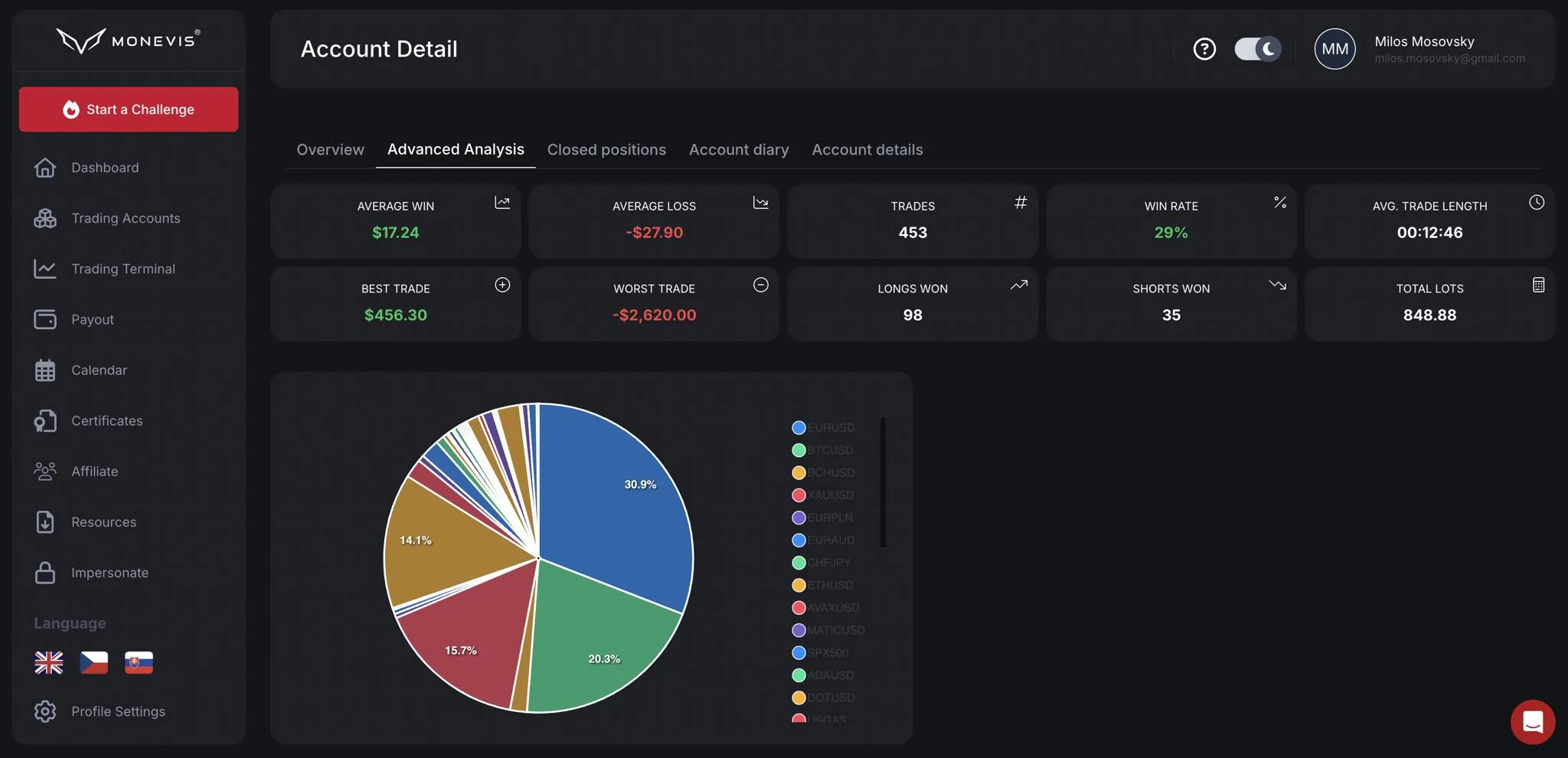HOT TIP: Unleash your trading potential with Monevis®

Understanding Asset Management: An In-depth Guide
Asset management, a fundamental aspect of financial strategy, is a systematic approach to the governance and realization of value from things that an individual or group is responsible for, over their entire life cycles. It involves balancing costs, opportunities, and risks against the desired performance of assets to achieve organizational objectives. This article will delve deeper into the concept of asset management, its significance, process, and types.
What is Asset Management?
Asset management, often referred to as ‘investment management,’ is a process of developing, operating, maintaining, and selling assets in a cost-effective manner. It involves maintaining a desired level of service for what you want your assets to provide at the lowest life cycle cost. It covers more than just the physical assets and includes intangible assets such as human capital and intellectual property.
Significance of Asset Management
Effective asset management provides several benefits to an organization. It maximizes profitability and performance, reduces risks associated with asset failure, improves services and outputs, and ensures organizational sustainability. A well-executed asset management strategy provides a structured approach to long-term management, improves the visibility of decision-making, and facilitates the most efficient and effective delivery of services.
Asset Management Process
An effective asset management process includes the following steps:
1. Identifying Assets: It involves a detailed and comprehensive list of all the assets in an organization.
2. Valuation of Assets: Assigning value to all assets, which may vary from one asset to another depending on its operational importance and replacement cost.
3. Risk Assessment: Identifying the potential risks to the assets and their impact on the business. This could range from asset failure risks to financial risks.
4. Lifecycle Management: This includes the maintenance, monitoring, and eventual disposal of assets.
5. Long-Term Asset Funding: It involves planning for the future cost of asset replacement and setting aside adequate funds to cover these costs.
Types of Asset Management
Asset management can be segmented into various types based on the asset class. Here are some major types of asset management:
1. Financial Asset Management: Also known as investment management, it involves handling financial assets like stocks and bonds. The primary goal is to grow funds through strategic investment.
2. Infrastructure Asset Management: This includes managing physical assets like roads, bridges, water and sewer systems, and public transit. It involves planning, building, maintaining, and retiring of infrastructure assets.
3. IT Asset Management: It is the set of business practices that support life cycle management and strategic decision making for the IT environment. This can include hardware, software, and information.
4. Enterprise Asset Management: It involves handling the assets of an enterprise across departments, facilities, business units, and geographical locations. It includes the management and procurement of assets, asset maintenance, and asset tracking.
5. Public Asset Management: Also known as corporate asset management, it involves the management of the assets of a municipality or public sector entity. This can include buildings, parks, and other public spaces.
Asset Management Strategy
An effective asset management strategy always begins with a clear understanding of the business objectives and the role of assets in achieving those objectives. It involves an understanding of the risks associated with the failure of these assets. The strategy should be built around minimizing these risks and optimizing the use of assets to deliver the most value.
To successfully implement an asset management strategy, it is crucial to have robust systems and processes in place. This includes a strong technology foundation that can support asset tracking, risk assessment, life cycle management, and long-term funding planning.
In conclusion, asset management is a comprehensive and structured approach to the long-term management of assets as key business elements. It involves a systematic approach to understand, operate, maintain, upgrade, and dispose of assets cost-effectively, while maintaining a risk profile. Effective asset management can drive significant value for organizations, helping them optimize their operations and realize their business objectives.
HOT TIP: Unleash your trading potential with Monevis®
